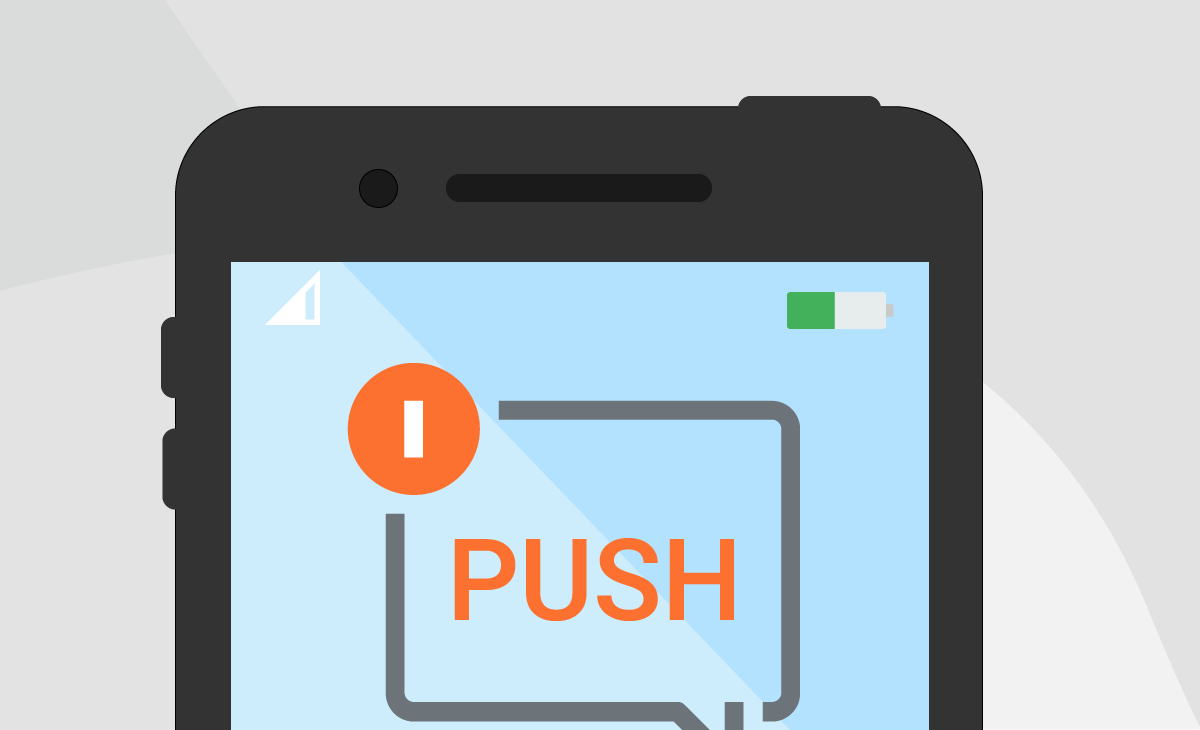Push notifications: how they work
Push notifications are short pop-up messages that websites and apps can send to users—even when their browser is closed. Originally popularized by mobile apps, this technology has been adapted for the web to enhance user engagement.
They are commonly used to:
- Alert users about new content or promotions
- Recover abandoned shopping carts in e-commerce
- Deliver personalized updates and reminders
- Increase user retention and interaction
How Do Web Push Notifications Work?
- User Subscription
- On the first visit, the browser asks for permission to show notifications. If granted, a unique subscription is created.
- Server-Side Setup
- Websites use a push service (like Firebase or a dedicated push server) to store subscriptions and send messages.
- Notification Delivery
- When a notification is triggered, the server sends it through the browser’s push service, which delivers it even if the browser is closed.
- Displaying the Notification
- The message appears as a system alert (on desktop) or a pop-up (on mobile), often with a title, brief text, an icon, and action buttons.
Key Benefits of Push Notifications:
- High Open Rates – Up to 50%, compared to 5-10% for email
- Instant Delivery – Messages appear in real-time
- Cross-Platform Support – Works on desktops, Android, and iOS
- Personalization – Can target users based on behavior and preferences
How to Implement Push Notifications?
- Add a Service Worker to handle notifications.
- Use the Push API for browser-based subscriptions.
- Set up a backend server (or use a service like DMPilot).
- Segment users and optimize timing for better engagement.
Push notifications are a powerful marketing tool when used correctly—boosting engagement without being intrusive. For businesses, they offer a direct, high-converting communication channel with their audience.
